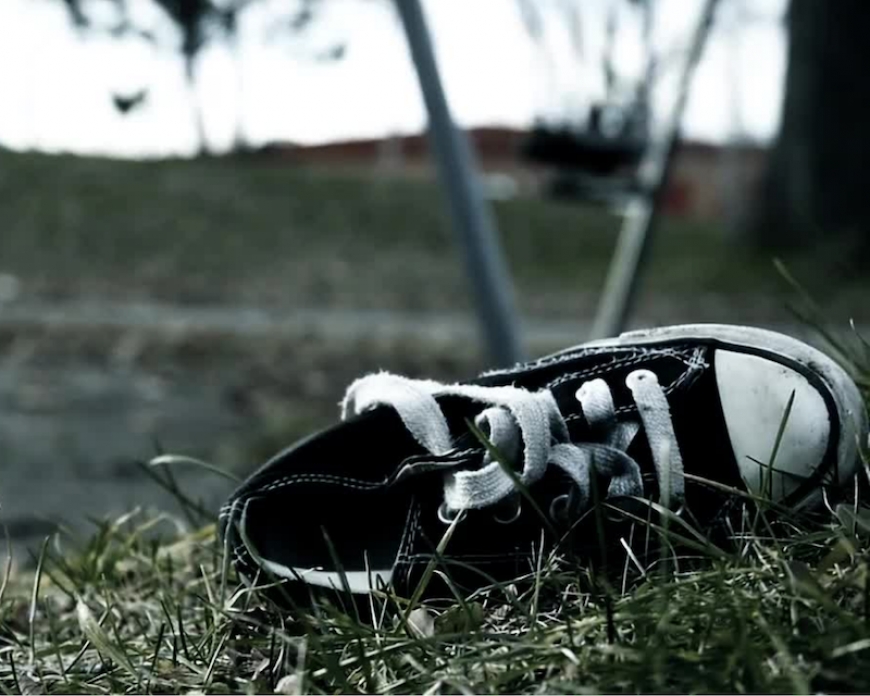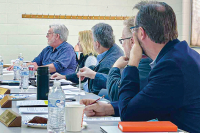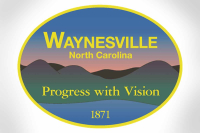Myths and Truths about Human Trafficking

2020 was a year that could have used clear, concise information and instructions. Unfortunately, multiple conspiracy theories took hold, dividing our great nation. The following are some myths around Human Trafficking, and the truth of the situation.
MYTH #1 Traffickers only target victims they don’t know
TRUTH #1 Many victims were trafficked by parents, spouses, other family members, or romantic partners
MYTH #2 Human Trafficking involves moving the victim across state or national borders
TRUTH #2 Victims can be recruited in their own homes and hometowns. There is no movement necessary
MYTH #3 Human Trafficking is a violent crime
TRUTH #3 Most trafficking is psychological, tricking or threatening victims into providing commercial sex or exploitive labor
MYTH #4 All Human Trafficking involves sex
TRUTH #4 Worldwide, experts believe there is more labor trafficking than sex trafficking. But in the US, there is a much greater awareness of sex trafficking
MYTH #5 Human Trafficking only happens in illegal or underground industries
TRUTH #5 Cases have been reported and prosecuted in well respectable industries such as restaurants, cleaning services, factories, construction, and more
(Source: Polaris Project. Additional information can be found here.)
Some Statistics
In 2019, the last year with a full set of statistics available from the U.S. National Human Trafficking Hotline, there was a 19% increase in trafficking calls from victims from 2018-2019. These calls in 2019 led to:
22,326 victims and survivors identified
14,596 victims of sex trafficking
4,934 victims of labor trafficking
1,048 victims of sex and labor
1,747 not specified
11,500 trafficking situations identified
4,384 traffickers identified
1,912 suspicious businesses identified
In North Carolina, the number of contacts made to the NC hotline were 1,208, with 266 trafficking cases reported. 501 victims were reported and 117 traffickers identified. For more stats on NC, click here.
Education is Key
It is important for people to understand the scope of Human Trafficking. To know the types of trafficking that exist, to recognize targets, and how to get help. Human trafficking can happen to anyone but some people are more vulnerable than others. Significant risk factors include recent migration or relocation, substance use, mental health concerns, involvement with the child welfare system, and being a runaway or homeless youth. Often, traffickers identify and leverage their victims’ vulnerabilities in order to create dependency.
Some Ways to Get Involved
Take a class!
"Human Trafficking 101" lunch & learn webinar for the community will be held from noon to 1 p.m. Jan. 27 for free! This is a great class to begin to learn and understand the basics of Human Trafficking.
Click here to register.





